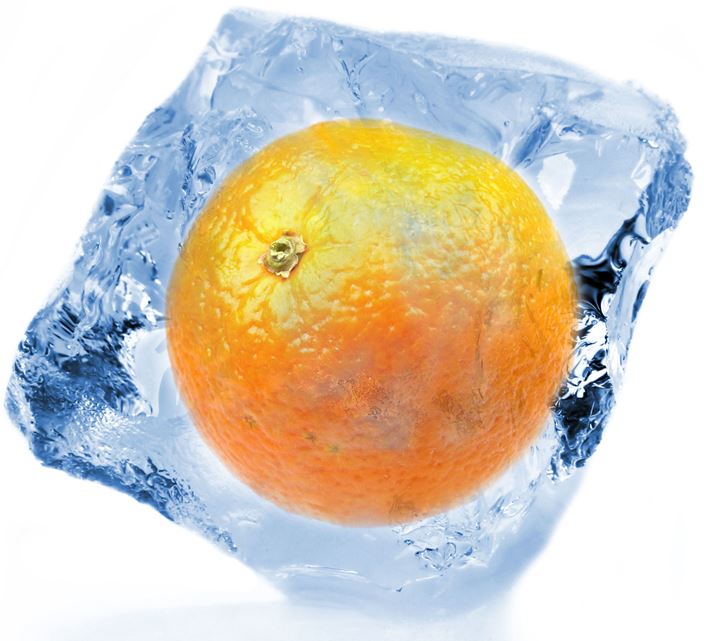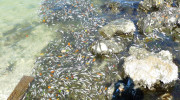What's New
Weather Stations Update
Originally deployed in 2012, thanks to funding from the West Coast Inland Navigation District (WCIND) through a grant from Lee County, the RECON weather stations became the first weather stations in this area located directly over the water. Designed to give researchers and boaters near real-time information on the current over water weather conditions, they quickly became the go to weather source for the local boating community. ...
Read moreThe River, Estuary and Coastal Observing Network (RECON) is a network of water quality sensors deployed throughout the Caloosahatchee river and estuary to provide real-time, water quality data to scientists, policy makers, and the general public.
The extensive watersheds of the Caloosahatchee (1,400 square miles) and Lake Okeechobee (4,400 square miles) each contribute water that flows into the Caloosahatchee estuary and the Gulf of Mexico. Water quality is affected by both Lake Okeechobee discharges and runoff from the Caloosahatchee watershed. Over time, these watersheds have changed from low-nutrient loading marshes and wetlands to high loading urban and agricultural land uses. Nutrients increase turbidity and decrease concentrations of dissolved oxygen (DO). In addition, excess nutrients fuel nuisance algal blooms. Losses of low-nutrient adapted communities, such as seagrasses have contributed to changes in fish, crustacean and marine mammal communities.




 The south generally experiences 2-3 day extended cold temperature periods that precede returning to more normal seasonal temperatures soon after. Farmers have historically had to deal with low temperatures to try to save their warm temperate-tropical crops. Record low air temperatures were recorded all over the state in January 2010. For example, Tampa International Airport broke a record as temperatures dipped to 27°F on January 6. The previous record low for the day was 30° in 1999. Temperatures at Plant City were at 25°F, Clewiston was at 27°F, Fort Pierce and Immokalee at 29°F and Belle Glade was at 34°F. Miami hit a new record low as temperatures dipped to 36°F, breaking the old record of 37°F, which was set in 1927. Key West also set a new record low for the day at 42°F.
The south generally experiences 2-3 day extended cold temperature periods that precede returning to more normal seasonal temperatures soon after. Farmers have historically had to deal with low temperatures to try to save their warm temperate-tropical crops. Record low air temperatures were recorded all over the state in January 2010. For example, Tampa International Airport broke a record as temperatures dipped to 27°F on January 6. The previous record low for the day was 30° in 1999. Temperatures at Plant City were at 25°F, Clewiston was at 27°F, Fort Pierce and Immokalee at 29°F and Belle Glade was at 34°F. Miami hit a new record low as temperatures dipped to 36°F, breaking the old record of 37°F, which was set in 1927. Key West also set a new record low for the day at 42°F.

